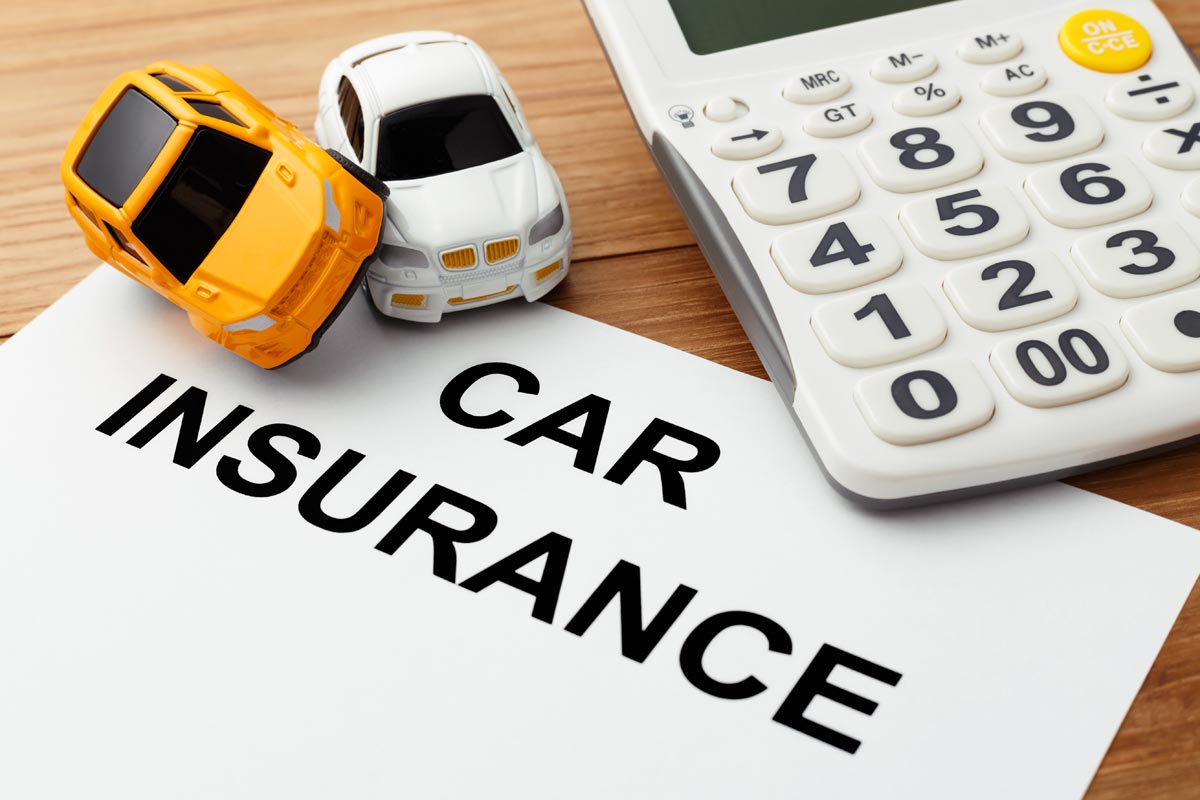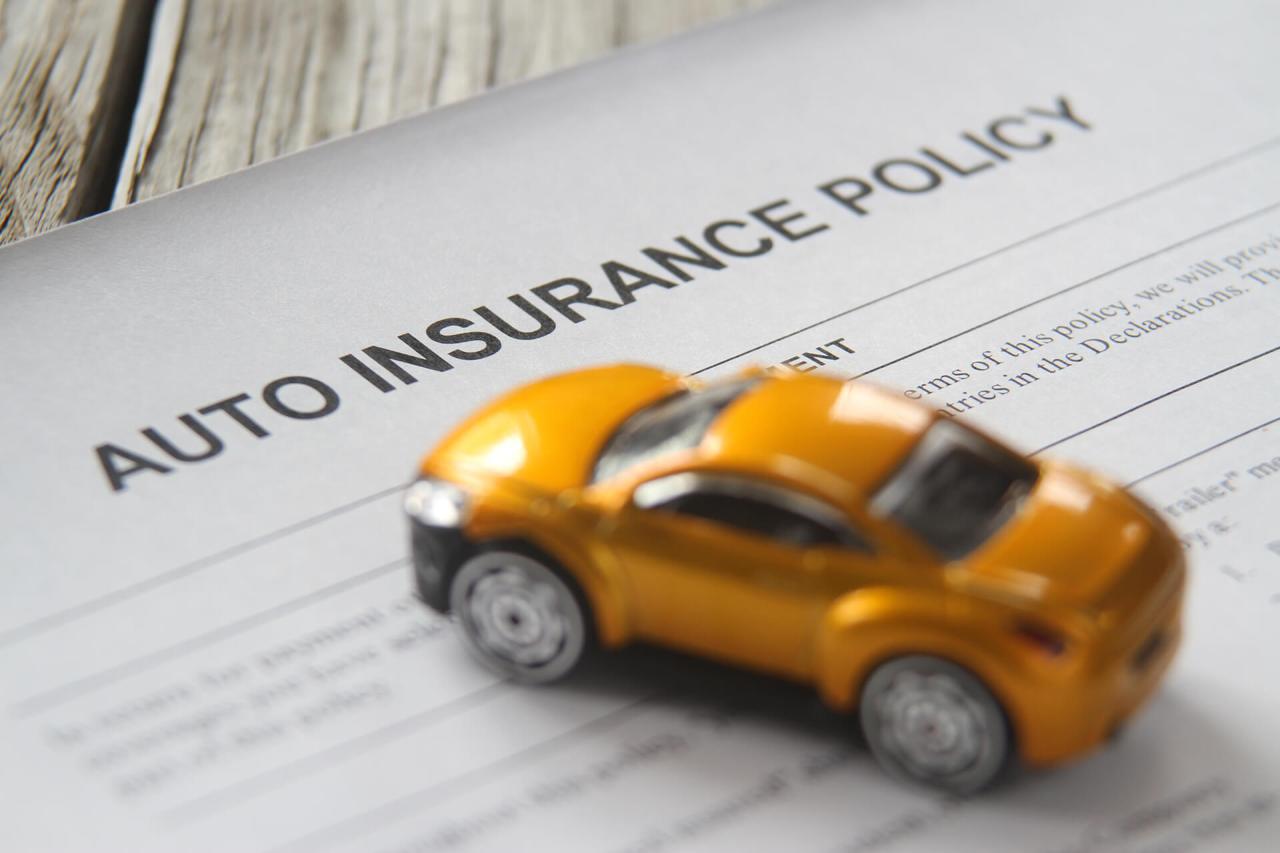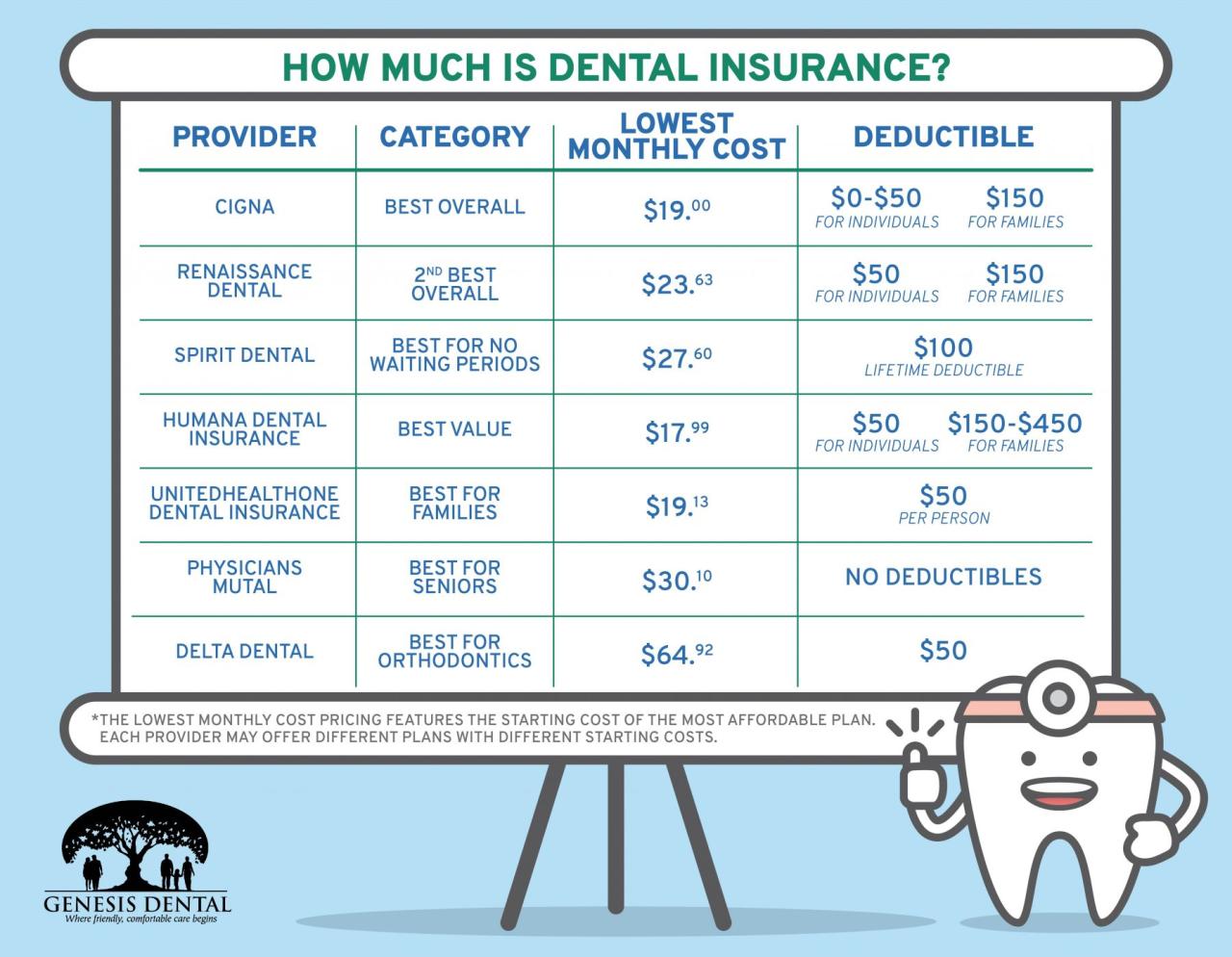Auto insurance is your safety net on the road, providing financial protection in case of accidents, theft, or other unforeseen events. It’s a vital component of responsible car ownership, ensuring peace of mind and covering potential costs that could otherwise cripple your finances.
This guide delves into the world of auto insurance, covering everything from the basics of coverage types to choosing the right policy and navigating the claims process. We’ll explore the factors that influence premiums, discuss safe driving practices, and examine the role of technology in the modern insurance landscape.
Auto Insurance Basics
Auto insurance is a vital aspect of responsible car ownership, offering financial protection in the event of accidents, theft, or other unforeseen incidents. It works by providing coverage to compensate for losses, helping you navigate potentially devastating financial consequences.
Types of Auto Insurance Coverage
Auto insurance policies typically encompass various types of coverage, each addressing specific risks. Understanding these different types is crucial for choosing the right policy for your needs.
- Liability Coverage:This is the most basic and often required type of auto insurance. It covers damages to other people’s property or injuries sustained by others in an accident where you are at fault. Liability coverage is usually expressed in two limits: bodily injury liability per person and per accident, and property damage liability per accident.
- Collision Coverage:Collision coverage pays for repairs or replacement of your vehicle if it’s damaged in an accident, regardless of who is at fault. This coverage is optional but often required by lenders if you have a car loan.
- Comprehensive Coverage:Comprehensive coverage protects your vehicle from damages caused by non-collision events, such as theft, vandalism, fire, natural disasters, or animal collisions. This coverage is also optional.
- Uninsured/Underinsured Motorist Coverage:This coverage provides protection if you are involved in an accident with a driver who doesn’t have insurance or has insufficient coverage. It covers damages to your vehicle and medical expenses.
- Personal Injury Protection (PIP):PIP coverage, also known as no-fault insurance, covers medical expenses and lost wages for you and your passengers, regardless of who is at fault in an accident. This coverage is mandatory in some states.
- Medical Payments Coverage:Medical payments coverage (MedPay) provides coverage for medical expenses for you and your passengers, regardless of who is at fault, up to a certain limit. It’s often a supplement to PIP coverage.
Factors Influencing Auto Insurance Premiums

Several factors determine the cost of your auto insurance premiums. Understanding these factors can help you make informed decisions to potentially lower your costs.
- Driving History:Your driving record plays a significant role in determining your premiums. Accidents, traffic violations, and DUI convictions can lead to higher premiums.
- Age:Younger drivers, particularly those under 25, are statistically more likely to be involved in accidents, resulting in higher premiums. Premiums generally decrease with age.
- Vehicle Type:The make, model, and year of your vehicle influence your premiums. Expensive or high-performance cars often have higher premiums due to their higher repair costs and greater risk of theft.
- Location:The area where you live can affect your premiums. Cities with higher traffic density or crime rates tend to have higher insurance rates.
- Credit Score:In some states, insurance companies use credit scores to assess risk, with lower credit scores often leading to higher premiums.
- Coverage Levels:The amount of coverage you choose, such as the limits for liability and collision coverage, directly impacts your premiums. Higher coverage limits generally result in higher premiums.
Choosing the Right Auto Insurance Policy
Selecting the right auto insurance policy involves considering your individual needs, budget, and risk tolerance. A well-informed decision can ensure you have adequate coverage while minimizing your costs.
Key Considerations When Choosing a Policy
- Coverage Needs:Assess your specific coverage requirements based on factors like your driving habits, the value of your vehicle, and your financial situation. Consider the types of coverage discussed earlier and determine the appropriate limits for each.
- Budget:Set a realistic budget for your auto insurance premiums. Compare quotes from multiple insurance providers to find the best value for your needs.
- Discounts:Explore available discounts to potentially lower your premiums. Many insurance companies offer discounts for good driving records, safety features in your vehicle, multiple policies, and other factors.
Comparing Insurance Providers
Once you have determined your coverage needs and budget, it’s essential to compare different insurance providers to find the best fit. Consider the following factors when comparing:
- Price:Get quotes from multiple insurance companies to compare premiums for similar coverage levels.
- Customer Service:Research customer reviews and ratings to gauge the provider’s reputation for customer service and responsiveness.
- Claims Handling:Look into the provider’s claims process, including their speed and efficiency in handling claims. Check for customer testimonials or ratings regarding their claims handling experience.
Tips for Negotiating Lower Premiums
While auto insurance premiums are largely determined by factors beyond your control, you can still negotiate lower premiums by employing these strategies:
- Shop Around:Get quotes from multiple insurance companies to compare rates and find the best deals. Online comparison tools can simplify this process.
- Bundle Policies:Consider bundling your auto insurance with other policies, such as homeowners or renters insurance, to potentially qualify for multi-policy discounts.
- Improve Your Driving Record:Maintaining a clean driving record with no accidents or violations can significantly reduce your premiums. Consider defensive driving courses to enhance your driving skills and potentially earn discounts.
- Increase Your Deductible:Choosing a higher deductible can lower your premium. However, be sure to select a deductible you can afford to pay in the event of a claim.
- Negotiate with Your Existing Provider:If you’ve been a loyal customer with your current insurer, don’t hesitate to negotiate for a lower premium. Provide evidence of your good driving record and inquire about available discounts.
Understanding Your Auto Insurance Policy
Your auto insurance policy is a legally binding contract outlining the terms and conditions of your coverage. It’s essential to understand the key sections and terms to ensure you’re fully protected and aware of your rights and responsibilities.
Sections and Terms in an Auto Insurance Policy
A typical auto insurance policy consists of several sections, each addressing specific aspects of your coverage. Familiarize yourself with these sections and their contents:
- Declarations Page:This page summarizes key information about your policy, including your name, address, vehicle details, coverage types, and premium amounts.
- Coverages:This section Artikels the types of coverage you have purchased, including liability, collision, comprehensive, and other optional coverages. It also specifies the limits and exclusions for each coverage.
- Exclusions:This section lists events or situations that are not covered by your policy. It’s crucial to understand these exclusions to avoid surprises when filing a claim.
- Conditions:This section Artikels the terms and conditions you must adhere to for your policy to remain valid. It may include provisions regarding notice of claims, cooperation with the insurer, and other requirements.
- Definitions:This section defines key terms used in the policy, ensuring clear understanding of the language and terminology used.
Filing a Claim
When you need to file a claim, it’s important to understand the process and what to expect. Follow these steps:
- Report the Accident:Contact your insurance company immediately after an accident, providing details of the incident and any injuries or damages.
- Gather Information:Collect information from all parties involved, including names, contact details, insurance information, and vehicle descriptions. Take photographs of the accident scene and any damages.
- File a Claim:Complete a claim form and submit it to your insurance company, along with any supporting documentation, such as police reports or medical records.
- Cooperate with the Insurer:Be prepared to provide any requested information and cooperate with your insurance company’s investigation.
Keeping Accurate Records, Auto insurance
Maintaining accurate records related to your auto insurance is crucial for several reasons:
- Claim Support:Having comprehensive records can streamline the claims process and help you receive the benefits you’re entitled to.
- Premium Negotiation:Accurate records can demonstrate your good driving history and potentially help you negotiate lower premiums.
- Policy Review:Maintaining records allows you to review your policy regularly and ensure it meets your current needs and circumstances.
Driving Safely and Reducing Risk
Driving safely is not only a matter of personal responsibility but also a key factor in minimizing the risk of accidents and potentially lowering your insurance premiums. Here are some tips for safe driving practices:
Safe Driving Practices
- Follow Traffic Laws:Adhere to all traffic laws, including speed limits, stop signs, and traffic signals. This helps prevent accidents and demonstrates responsible driving behavior.
- Maintain Vehicle Condition:Regularly service your vehicle, ensuring brakes, tires, lights, and other essential components are in good working order. This helps prevent mechanical failures that can lead to accidents.
- Avoid Distractions:Refrain from using cell phones, texting, or engaging in other activities that distract you from driving. Focus on the road and anticipate potential hazards.
- Be Aware of Surroundings:Pay attention to your surroundings, including other vehicles, pedestrians, and road conditions. Be prepared to react quickly to unexpected situations.
- Drive Defensively:Assume other drivers may make mistakes, and be prepared to adjust your driving accordingly. Maintain a safe following distance and avoid tailgating.
- Plan Ahead:Avoid driving when fatigued or under the influence of alcohol or drugs. Plan your route and anticipate potential delays to avoid rushing or driving in stressful situations.
Impact of Driving Violations and Accidents
Driving violations and accidents can have a significant impact on your insurance premiums. Here’s how:
- Increased Premiums:Accidents, speeding tickets, and other traffic violations can lead to higher premiums due to the increased risk you pose to the insurer.
- Surcharges:Some insurance companies impose surcharges for specific violations, such as DUI convictions or multiple accidents.
- Policy Cancellation:In some cases, repeated violations or serious accidents may lead to policy cancellation.
Maintaining a Good Driving Record
Here are some strategies for maintaining a good driving record and potentially lowering your insurance premiums:
- Avoid Traffic Violations:Adhere to traffic laws and drive safely to avoid accumulating violations on your record.
- Take Defensive Driving Courses:Enroll in defensive driving courses to enhance your driving skills and potentially earn discounts from your insurer.
- Report Accidents Promptly:Report any accidents to your insurance company immediately, even if they are minor. Timely reporting helps avoid potential disputes and complications.
- Review Your Driving Record Regularly:Check your driving record periodically for any errors or inaccuracies that may need to be corrected.
Auto Insurance in the Digital Age
Technology is transforming the auto insurance industry, offering new ways to access coverage, manage policies, and even reduce premiums. Here’s a look at the impact of technology on auto insurance:
Role of Technology

- Telematics:Telematics devices, often integrated into smartphones or connected car systems, track your driving behavior, such as speed, braking, and mileage. This data can be used by insurance companies to offer usage-based insurance (UBI) programs, where premiums are adjusted based on your driving habits.
- Usage-Based Insurance (UBI):UBI programs reward safe driving behavior with lower premiums. By using telematics devices, insurers can assess your driving risk and offer discounts for safe driving practices.
- Online Platforms:Many insurance companies now offer online platforms for managing policies, paying premiums, and filing claims. These platforms provide convenience and 24/7 access to your insurance information.
- Artificial Intelligence (AI):AI is being used to automate tasks, personalize insurance quotes, and detect fraudulent claims. This technology can improve efficiency and accuracy in the insurance process.
Benefits and Drawbacks of Online Platforms
Online insurance platforms offer convenience and accessibility, but they also have potential drawbacks:
- Convenience:Online platforms allow you to manage your policy, pay premiums, and file claims from the comfort of your home, eliminating the need for phone calls or in-person visits.
- Transparency:Online platforms often provide access to detailed policy information, making it easier to understand your coverage and make informed decisions.
- Comparison Tools:Online comparison tools allow you to quickly compare quotes from multiple insurance providers, simplifying the process of finding the best deals.
- Privacy Concerns:Sharing personal information online can raise privacy concerns. It’s crucial to choose reputable online platforms and ensure your data is protected.
- Limited Customer Support:Online platforms may have limited customer support options compared to traditional insurance companies, which can be frustrating if you need immediate assistance.
Securing Personal Information
When dealing with auto insurance companies, it’s essential to protect your personal information. Here are some tips:
- Be Cautious of Phishing Attempts:Beware of emails or phone calls that ask for personal information, especially if they seem suspicious or unsolicited. Never provide sensitive data unless you are confident about the source.
- Use Strong Passwords:Create strong passwords for online accounts and avoid using the same password for multiple accounts. Consider using a password manager to help you manage your passwords securely.
- Monitor Your Accounts:Regularly check your account statements and credit reports for any suspicious activity. Report any unauthorized transactions or identity theft to the appropriate authorities.
- Limit Information Sharing:Be selective about the information you share online. Avoid posting personal details like your driver’s license number or insurance policy information on social media or public websites.
Concluding Remarks
Navigating the world of auto insurance can seem daunting, but understanding the basics, making informed choices, and practicing safe driving habits can empower you to protect yourself and your finances. By carefully considering your needs, comparing options, and staying informed, you can secure the right auto insurance policy to keep you covered on the road.













